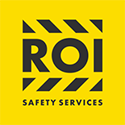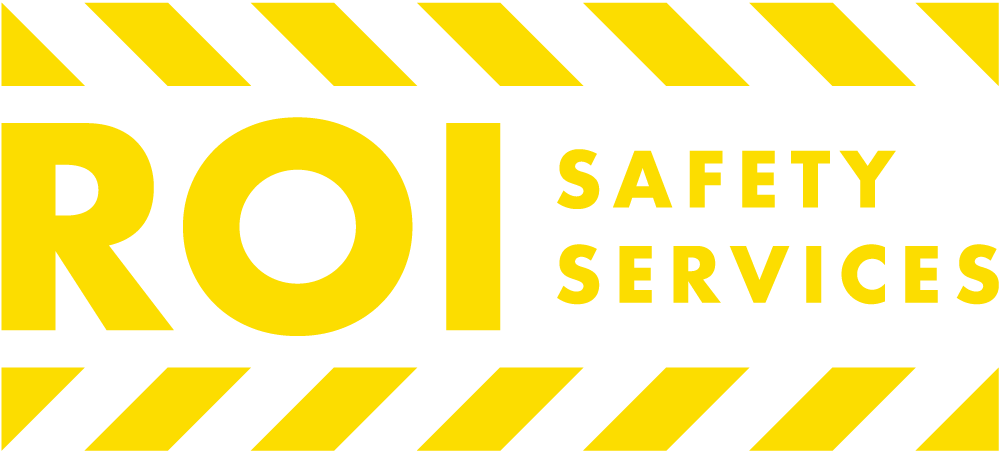In almost every city around the country, there is a great demand for skilled forklift operators. You’d be wise to learn how to operate a forklift if you’re searching for stable employment and fair pay. While proper forklift handling does require training, many are pleasantly surprised to learn how simple it is to acquire the skill.
This article will provide a short guide on operating a forklift to get you started on your quest to learn this new skill.

What Are the Requirements for Operating a Forklift?
Before getting into the driver’s seat, the operator must meet specific mandatory criteria. According to the Occupational Safety and Health Administration (OSHA), all operators must be fully trained and certified. While it’s not compulsory to have a driver’s license to drive a lift truck, it can be beneficial.
An employer risks heavy penalties and fines if they allow an employee to operate a forklift without the required safety training.
While it may seem like an unnecessary expense, forklifts can be dangerous. If an operator lacks the proper safety training, accidents can happen, causing harm to people and damage to property.
If you need forklift training, look no further than ROI Safety Services! We can provide everything you need to be a successful forklift operator, regardless of your industry!
Operating a Forklift
Now that you understand the requirements to operate a lift truck, it’s time to talk about driving and maneuvering it. Here are the steps to take when using a forklift:
1. Make Sure You’re Wearing the Appropriate Safety Gear
The first step is to ensure you’ve dressed appropriately in safety footwear, a hard hat, a reflective vest, and gloves. Wearing the appropriate safety gear will protect you if an accident occurs, and a reflective vest helps others to see you.
2. Inspect the Vehicle
Like all vehicles, it’s essential to examine the forklift before you use it. This way, you can identify potential problems and prevent accidents caused by damaged or loose parts.
Not only is examining the vehicle advised but it is also mandated by law. Maintenance and inspections must be done daily and at the start of every shift to prevent mishaps. The operator or inspector must notify the employer if the vehicle requires maintenance.
Here are a few things to check during your inspection:
- Whether the brakes work
- The controls are functional
- Tires are inflated correctly
- There is enough fuel to operate the vehicle
- The forklift doesn’t have damaged or missing parts
- Safety devices are present, including the operator’s manual
- It can handle the load you’re trying to transport
3. Drive the Forklift
Once you’ve donned the appropriate safety gear and examined the vehicle it’s time to board the lift truck and fasten your seatbelt. To start the vehicle, turn the keys, and ensure the gear lever is in neutral position in the middle. Then, raise the forks approximately two to four inches from the floor using the controls.
As if driving a car, use the accelerator to move forward. As you begin to move, use the gearshift to change directions. To move forward or reverse, push forward or backward. Put the gearshift back into a neutral position when you come to a halt.
Remember that learning how to use a forklift is not one size fits all. Naturally, it would be best if you referred to the forklift’s manual for information about the controls for your particular make and model of the lift truck.
4. Loading and Unloading
One of the most challenging things to learn is how to manage loads safely to avoid tip-overs. The key to safe forklift operation is practice, practice, practice!
Loading Cargo with a Forklift
Stop your forklift a foot away from the cargo to load it onto the lift. Depress the brake pedal to bring the vehicle to a complete stop. Put the gearshift in neutral and engage the parking brake. The forks should be widened, raised, or lowered to correspond with the height of the pallet openings.
Before lifting your cargo onto the truck, make sure it is stable. The heaviest goods should be placed at the bottom and closest to the forklift’s cabin than smaller, lighter items. Center the products in the pallet by stacking them.
Continue moving ahead until the fork is fully seated in the pallet. Then raise it off the ground by at least two to four inches. To increase stability and avoid tip-overs, tilt the mast backward.
Unloading
Set the mast in the upright position and prepare to unload. Lift the object to a height of six inches above the spot where you intend to deposit it. Once your load is over this area, move it forward before lowering the tines until it is on the ground. Reverse to remove the forks from the pallet.
Pursue Your Forklift Training with ROI Safety Services
If you’re hoping to further your career by learning how to operate a forklift, then you can count on ROI Safety Services to provide the training you need! Our forklift training course is the perfect place to start for anyone hoping to learn how to drive and maneuver this commercial vehicle.
ROI Safety Services is a reputable health and safety training facility in California. We have helped thousands of forklift operators further their careers in several industries.
Here’s what you will learn during our comprehensive driver training:
- OSHA safety requirements
- How to safely operate a forklift
- Load centers
- Battery and propane safety
- Safety inspections
- Data plates
- Responsibilities of forklift operators
- The characteristics of these commercial vehicles
- Operating environments
- Brake systems
If you require more information about our forklift training, please do not hesitate to contact us!

